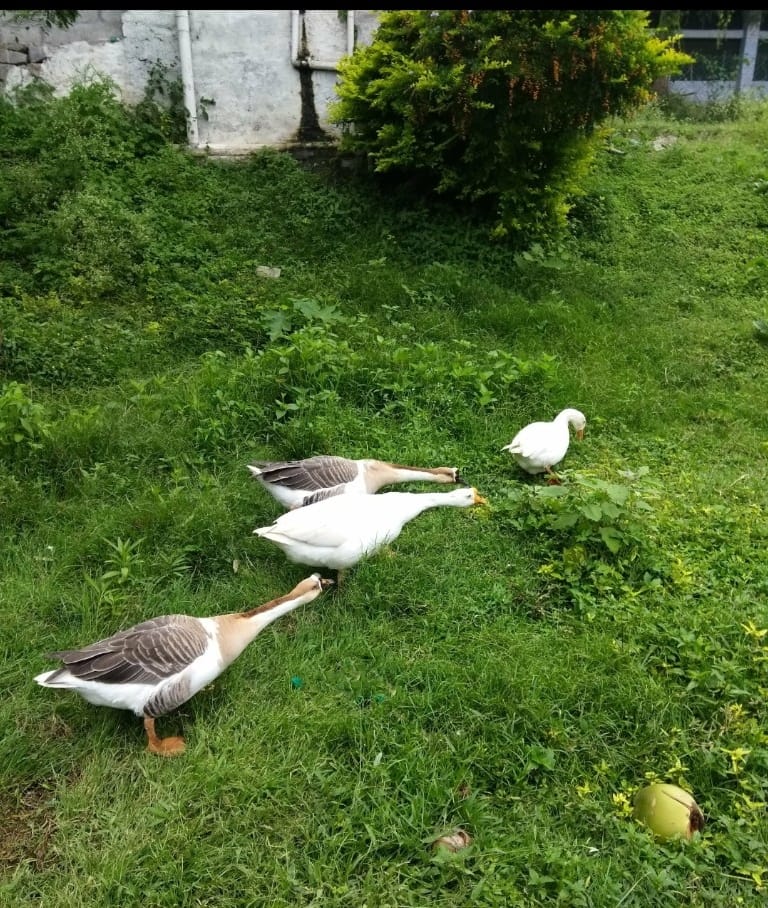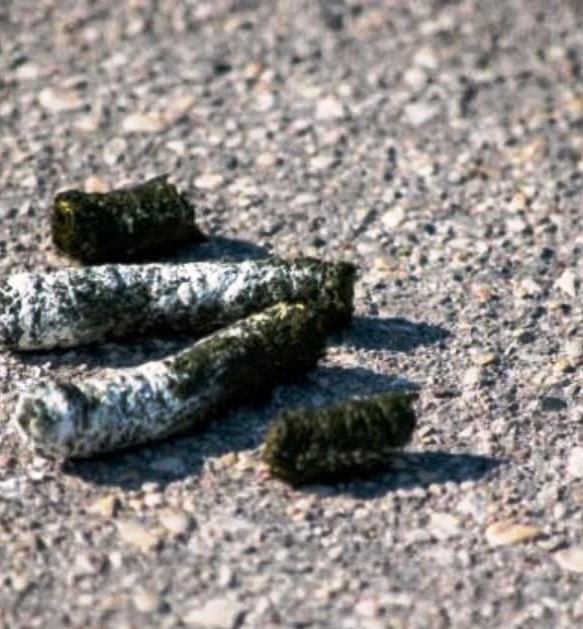Can bird droppings hold the cure for cancer? Yes, goose poop contains a never-before-seen cancer-fighting compound.
In an inspiring collaboration between the University of Illinois at Chicago and the Boys and Girls Club in Chicago, a group of middle school students made a groundbreaking discovery that could have far-reaching implications for cancer treatment. These young learners, participating in a 14-week applied science program, identified a novel compound with cancer-fighting properties in an unlikely source: goose feces.
The program, designed to address inequities in access to STEM education, aimed to empower underrepresented students with hands-on experience in real-world scientific research. Led by Brian Murphy, a professor at the University of Illinois at Chicago, the initiative provided the students with access to tools and mentorship typically reserved for advanced researchers.


During their project, the students collected and analyzed environmental samples in search of potential antibiotic candidates. Among the 14 samples gathered was goose poop from the Garfield Park Lagoon. Within this sample, the students identified a bacterium called Pseudomonas idahoensis, which demonstrated antibiotic activity in preliminary tests.
The bacterium, Pseudomonas idahoensis, produces a previously unknown molecule named orfamide N. Although not responsible for the sample’s antibiotic activity, orfamide N demonstrated the ability to inhibit the growth of cancer cells in lab cultures.
The findings were published in the journal ACS Omega, with student Camarria Williams credited as a co-author.
As a result, Murphy’s team plans to conduct further research into orfamide N’s pharmacological properties and its potential for synergy with other compounds.
With assistance from university researchers, the students analyzed the bacterium’s bioassay data and concluded it produced a never-before-seen compound. The university team further characterized the molecule using advanced techniques like nuclear magnetic resonance and mass spectrometry, naming it orfamide N, after the family of molecules to which it belongs.
Although orfamide N was not the source of the bacterium’s antibiotic activity, it showed promise as a cancer-fighting agent. Lab tests revealed that the compound inhibited the growth of human melanoma and ovarian cancer cells in culture. This discovery has opened new avenues for research, as scientists explore the compound’s potential for further applications.
This initiative not only yielded a scientific breakthrough but also showcased the power of early exposure to STEM fields. By giving young learners the opportunity to engage in meaningful research, the program is inspiring the next generation of scientists and fostering diversity in the field.
“This experience allowed these students to see themselves as scientists and realize their potential in a field that is often inaccessible to them,” Murphy said.
The discovery of orfamide N exemplifies how fostering curiosity and providing access to resources can lead to incredible results—even from the most unexpected places.
Medical Updates

